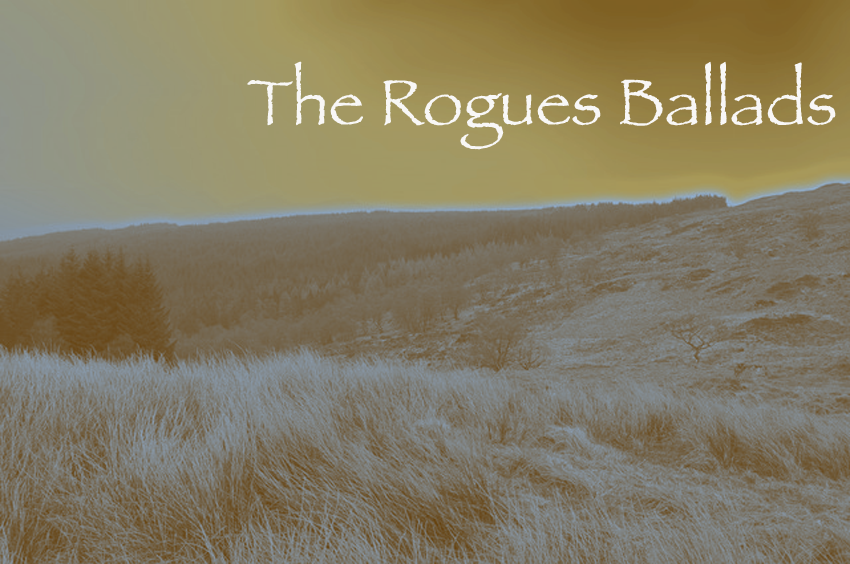The Lochmaben Harper
Scott included this ballad in volume I of the first edition of the Minstrelsy of the Scottish Border in 1802, where it is the 5th ballad presented. He does not present any information regarding the provenance of the piece in his text, and does not offer any explanation to actions contained in the narrative.
This is one of the more light-hearted ballads within the Minstrelsy. It is similar to “Dick of the Cow” insofar that a character who is presented as being of lower social standing (and perhaps of lower intellectual capacity) than the other characters, successfully outwits one or more of those who believe him to be less than their equal.
History
There is a tradition of blind fiddlers and harpers in various parts of Scotland. In a time when sight was need for many of the general occupations available to the populace, learning a musical instrument in order to make ends meet was an option for many partially sighted and blind individuals, whether they had been born blind, or rendered blind through illness – smallpox could often leave an individual blinded – or, for example, time spent serving as a soldier and being wounded in action.
Two of the most famous blind harpers were Ruaidhrí Dall Ò Catháin – Blind Ruari O’ Kane – who lived c. 1570-1650. He was an Irish harper who spent much of his life in Scotland. Ruaidhri Dall Mac Mhuirich, who was also known as Ruaidhri Mac Gille Mhoire or Ruaidhri Dall, lived c. 1656-c. 1714. He was the retained harper to the McLeods of Dunvegan. Other noted musicians, such as the pipers Ruairidh Dall Mackay (c. 1592-c. 1689) and his son Iain Dall Mackay (c. 1656-c.1754), also known as Am Pìobaire Dall ,were celebrated pipers.
For every gifted individual, Highland or Lowland, there would be a myriad of competant or barely competent musicians, scraping an existence as journeyman musicians or beggars.
We have to assume, however, that the Lochmaben Harper is a talented individual, from the information presented in the ballad. The music played on the harp seems to invigorate and then lull other characters in the ballad. This may be a vestigial recollection of the connection of music to incantations and spell-casting.
